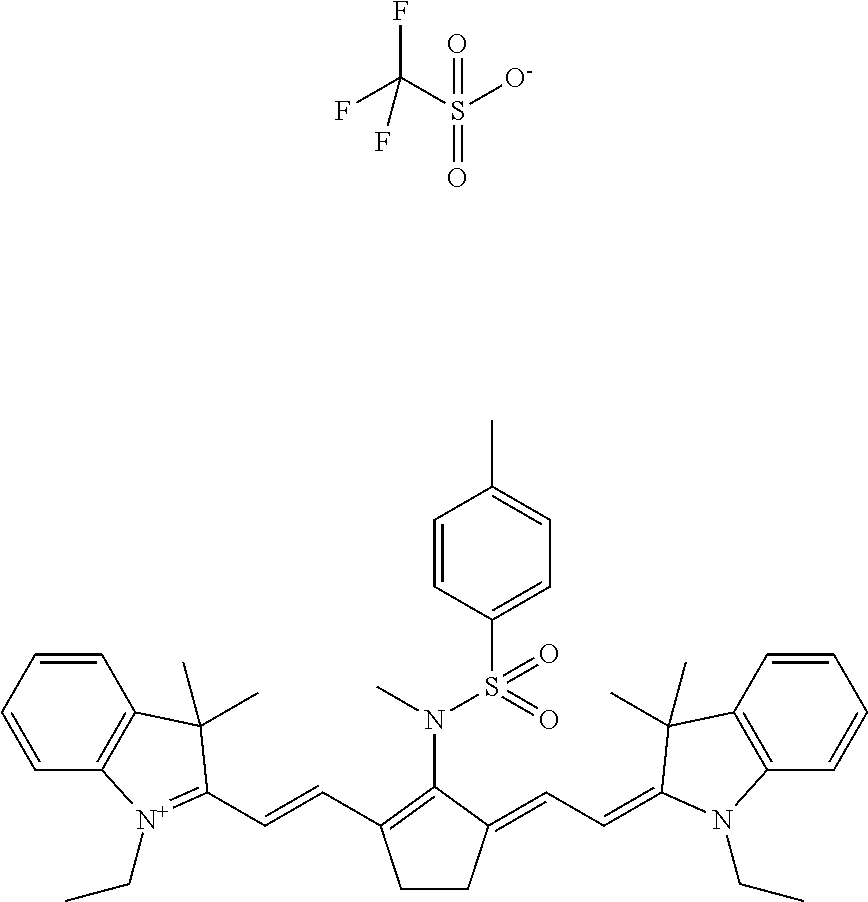Method for providing lithographic printing plates
a technology of lithographic printing plate and precursor, which is applied in the field of processing imaged printing plate precursor, can solve the problems of increasing the amount of waste at the customer site, premature replacement by operators, and significant contaminants of colouration dye or pigment within the developer unit, so as to reduce the colouration of processing solutions and high image contrast
- Summary
- Abstract
- Description
- Claims
- Application Information
AI Technical Summary
Benefits of technology
Problems solved by technology
Method used
Image
Examples
examples
1. Preparation of the Printing Plate Precursors
Preparation of the Aluminium Support S-01
[0090]A 0.3 mm thick aluminium foil was degreased by spraying with an aqueous solution containing 26 g / l NaOH at 65° C. for 2 seconds and rinsed with demineralised water for 1.5 seconds. The foil was then electrochemically grained during 10 seconds using an alternating current in an aqueous solution containing 15 g / l HCl, 15 g / l SO42− ions and 5 g / l Al3+ ions at a temperature of 37° C. and a current density of about 100 A / dm2. Afterwards, the aluminium foil was then desmutted by etching with an aqueous solution containing 5.5 g / l of NaOH at 36° C. for 2 seconds and rinsed with demineralised water for 2 seconds. The foil was subsequently subjected to anodic oxidation during 15 seconds in an aqueous solution containing 145 g / l of sulfuric acid at a temperature of 50° C. and a current density of 17 A / dm2, then washed with demineralised water for 11 seconds and post-treated for 3 seconds (by spray) w...
PUM
 Login to View More
Login to View More Abstract
Description
Claims
Application Information
 Login to View More
Login to View More - R&D Engineer
- R&D Manager
- IP Professional
- Industry Leading Data Capabilities
- Powerful AI technology
- Patent DNA Extraction
Browse by: Latest US Patents, China's latest patents, Technical Efficacy Thesaurus, Application Domain, Technology Topic, Popular Technical Reports.
© 2024 PatSnap. All rights reserved.Legal|Privacy policy|Modern Slavery Act Transparency Statement|Sitemap|About US| Contact US: help@patsnap.com










